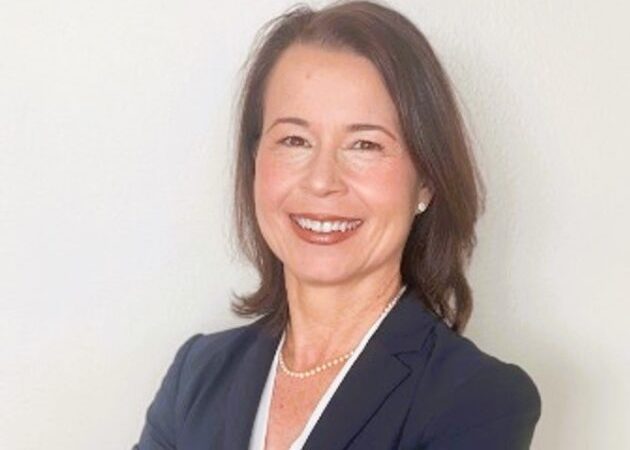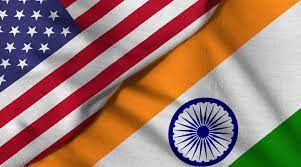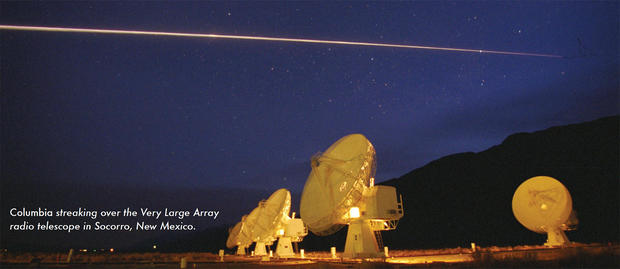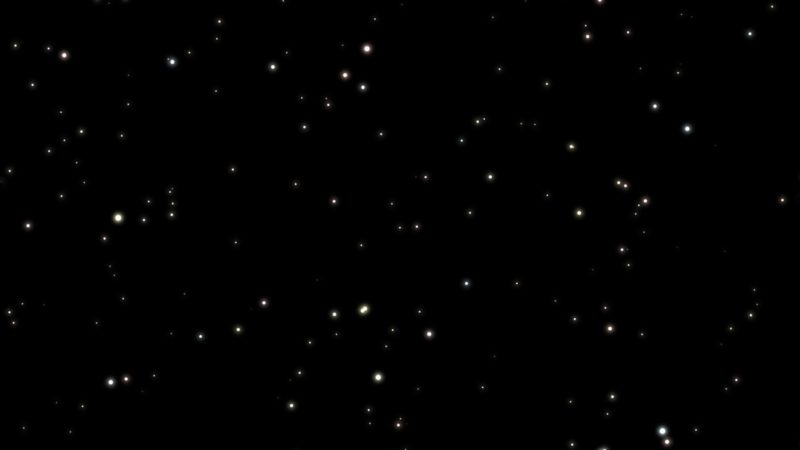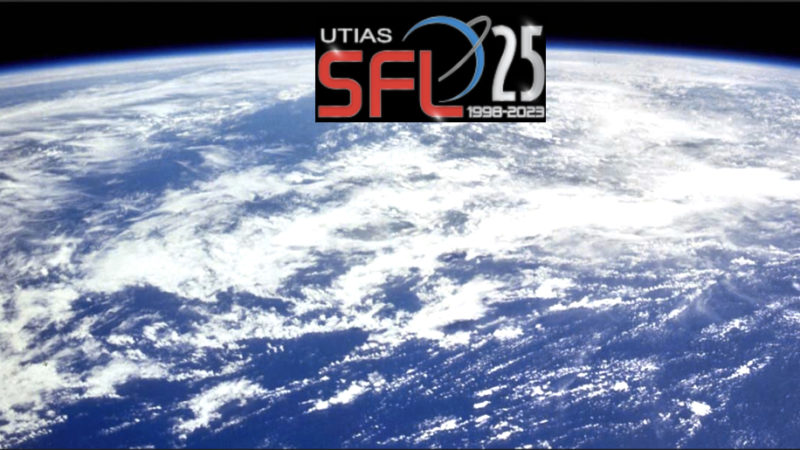India’s Space Program Owes Its Start to One Small Parish – OZY
The altar held a sandalwood statue of Mary Magdalene that legend said fishermen had found lying on the beach. She watched, undisturbed, as payloads for rockets were assembled before her in what had been the St. Mary Magdalene Church … and was transformed in the early ’60s into India’s premier rocket launching headquarters.
Early Saturday morning, India made an attempt to soft-land on the moon, something only the U.S., Russia and China have accomplished before — and none this close to the lunar South Pole. According to Indian Space Research Organization (ISRO)’s accounts, the Vikram lander lost communication at an altitude of a little over a mile from the landing site. While official confirmation is yet to come through, it is likely the lander has crashed. The orbiter, with eight payloads, however, will continue to carry out experiments for at least a year.
The news is a setback to a space program that has grown in ambition over the past decade. Among its achievements are a previous moon mission that confirmed the presence of water-ice on its surface, a low-cost Mars orbiter, and its launch of 104 satellites in one go. A human spaceflight mission, along with others to Venus and the Sun, are being planned. But it all began in this church in a tiny fishing hamlet.
India is now part of a rare space club with one of the world’s most successful space programs. But it all began in this church in a tiny fishing hamlet.
The church was one of the few brick and mortar buildings in rural Thumba, in India’s Kerala state. “Thumba was nothing but a village,” says Ramabhadran Aravamudan, who had returned from training at NASA to work in Kerala in the early 1960s. But it was a strategic location for a launch site, a 600-acre plot close to Earth’s magnetic equator. Later R.D. John, the chief civil engineer, would write in 20 Years of Rocketry in Thumba about the difficulties of getting ahold of the land. First of all, population density in the area was high — there were about 500 thatched dwellings, mostly inhabited by catholic fishermen. There was also that historic church and, as John wrote, “acquisition of any religious sanctuary is not an easy task.”
But government officials were on a tight deadline. Then-district collector Madhavan Nair recalls that local officials were given 24 hours to study the government’s proposal and 100 days to hand over the site to the central government. “Of all the cases of land acquisition I had to deal with in my tenure as district collector,” Nair wrote, “that associated with the Rocket Launching Station at Thumba proved to be the most difficult.” Geopolitics may have been behind the speedy process: India’s rival Pakistan had entered into an agreement with NASA in 1961. Two Nike-Cajun rockets had been successfully launched in June 1962 from the Mekran coast, 35 miles northwest of Karachi.
The majority of the families in the area had, understandably, been unwilling to surrender their holdings. They were apprehensive that their promised compensation would be delayed, alternate accommodation would not be immediately available, their employment would suffer and “eventually they would be thrown into the streets,” as Nair recalls. While exact figures aren’t available on how much compensation was eventually distributed, Aravamudan recalled that it was “handsome.”
“I had to seek the good offices of the then Bishop of Trivandrum, the Right Reverend Dr. Dereira,” Nair writes. “His appeal to the fisherfolk had the desired effect and the families generally agreed to surrender their holdings.”
There is an ambiguity in the narrative here. The bishop of Trivandrum until 1966, according to the Latin Archdiocese of Trivandrum’s website, was Dr. Victor Vincent Dereira, then 83 years old, a Belgian expatriate who was part of the Novitiate of Carmelites. A portrait on the site shows him with a flowing beard, a gray pencil mustache and square glasses. However, most recollections from sources and people today are of his successor, Dr. Peter Bernard Pereira, the first Indian bishop of Trivandrum, who was much younger, in his mid-40s then. It doesn’t help to clarify the accounts that their names are similar — though it is possible that both men had a role to play.
Children, can we give them God’s abode for a scientific mission?
Dr. Peter Bernard Pereira, first Indian bishop of Trivandrum
A contemporary account from Dr. APJ Abdul Kalam recalls a Sunday service in which Pereira encouraged his parishioners to welcome the space program: “[W]hat Vikram [Sarabhai, founder of India’s space program, after whom the Chandrayaan-2 lander is named] is doing and what I am doing are the same — both science and spirituality seek the Almighty’s blessings for human prosperity in mind and body. Children, can we give them God’s abode for a scientific mission?” Kalam writes that there was silence “followed by a hearty ‘Amen’ from the congregation which made the whole church reverberate.”
The rocket scientists moved into the church, where pigeons fluttered in the high ceilings. A U.S. Nike-Apache rocket was assembled with a French payload there and launched on Nov. 21, 1963. It would release sodium vapor to measure or “take a sounding” of the direction and speed of upper atmosphere winds, which is where the expression “sounding rockets” comes from. After the successful launch, Sarabhai sent home a telegram reading: “Gee whiz wonderful rocket shot.”
Thumba, meanwhile, was to become a node where the world’s scientific elite could gather — even U.S. and Soviet envoys at the height of the Cold War. In December 1965, the U.N. General Assembly had passed a resolution officially sponsoring the town’s rocket facility. Thumba has a dual identity, says Dr. Asif Siddiqi, a science historian at Fordham University: It’s known as the birthplace of the Indian space program but also as a site of international scientific exchange.
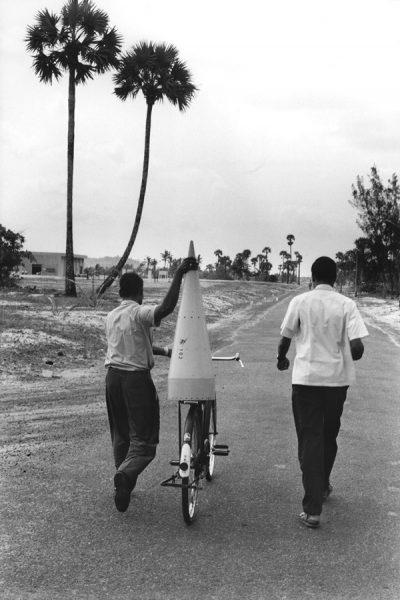
“The sponsorship of the United Nations legitimized it,” says Siddiqi. That sponsorship also shielded the fledgling space program from domestic critics, who otherwise may have seen shades of neo-imperialism in Western scientists coming to a small fishing hamlet and launching rockets.
Thumba had been chosen due to its proximity to the magnetic equator, but to launch satellites into space, other attributes were more important. While the Thumba launch station infrastructure expanded to occupy the nearby Velly Hills, a second site was chosen in a reserve forest on the Bay of Bengal, called Sriharikota. That was where the Chandrayaan-2 was launched from a GSLV rocket (an expendable launch system) in July.
Several of the early participants at Thumba would go on to assume leadership roles at the ISRO and in the government. Aravamudan would retire as director of the satellite center at Bengaluru; Eknath Vasant Chitnis, who shortlisted the site, would become the director of the space applications center in Ahmedabad; and APJ Abdul Kalam, who described Pereira’s service, would become the president of India. The first space-focused university in India, started by ISRO, began operating in 2007 from within the Vikram Sarabhai Space Center campus. The church where it all began is now a museum dedicated to the space program that put it on the map.

